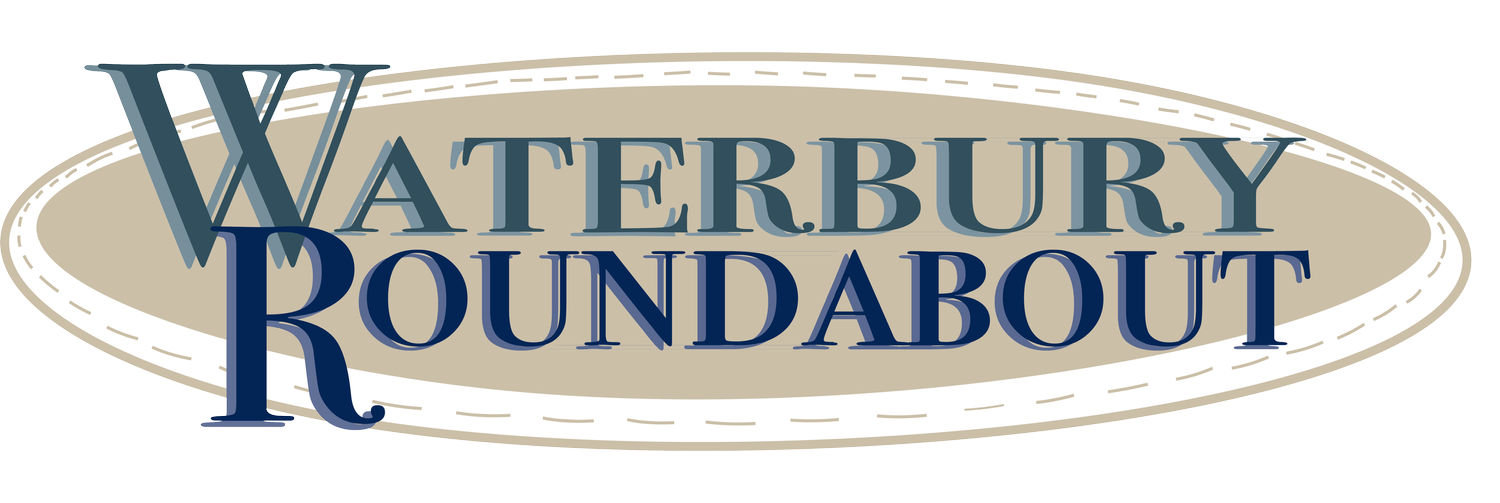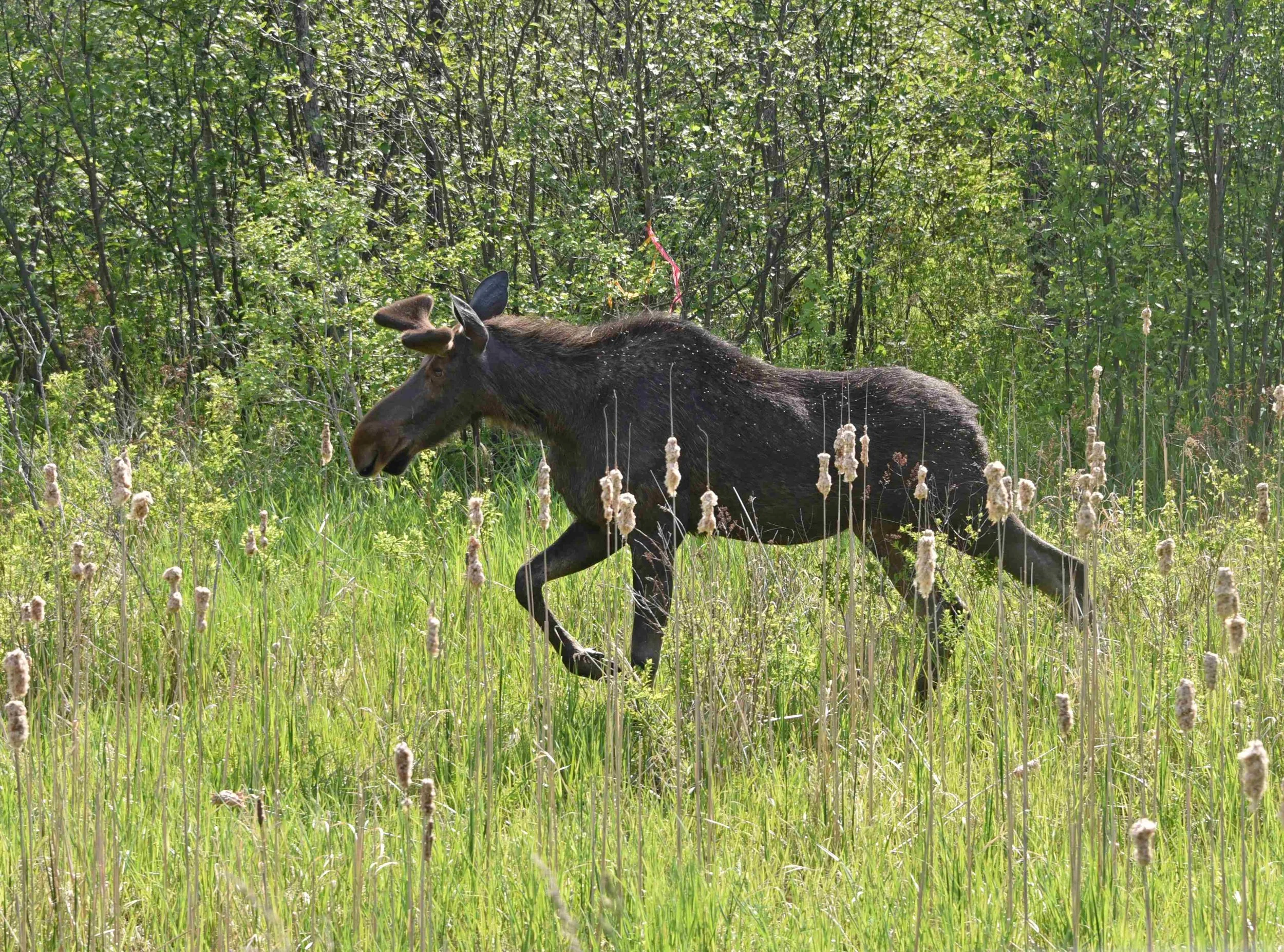Get the story behind Waterbury-Stowe’s vital Shutesville Hill Wildlife Corridor
June 4, 2025 | By Waterbury RoundaboutThis aerial photo is taken from above Shutesville Hill. See traffic on Rt. 100 across the bottom, Gregg Hill above and Camel’s Hump on the horizon. 2023 file photo by Gordon Miller
If you drive Vermont Route 100 between Waterbury and Stowe, you’re likely familiar with the stretch marked with the “Wildlife Corridor” signs.
But how many know what that actually signifies?
For those new to the area or just curious to learn more about an important part of the local environment, the Waterbury Conservation Commission along with Stowe’s Planning and Conservation commissions will host a special presentation on Monday, June 9.
State Conservation Planner Jens Hilke will discuss the significance of the Shutesville Hill Wildlife Corridor – a region teeming with both wildlife and human activity and traffic that has also been the focus of deliberate conservation efforts on the part of both municipalities that it straddles.
A moose strolls next to Route 100 in the Shutesville Hill Corridor. File photo by Gordon Miller
The corridor is considered one of the most vital wildlife habitats in Vermont as it serves as a link for wildlife in the Worcester Range and Green Mountain regions. For the past 15 years, state and local government entities and conservation organizations have worked to preserve habitat and open space in the region to protect wildlife populations, particularly wide-ranging species such as black bear, moose, and bobcat.
Hilke, who works for the state Department of Forests, Parks and Recreation, will discuss the vital role of the Shutesville Hill Wildlife Corridor in a talk that begins at 5:30 p.m. on Monday.
The Grange Hall Cultural Center is located at 317 Howard Ave. in Waterbury Center. The public is invited to this free presentation.
Learn more about the Shutesville Hill Wildlife Corridor on the Stowe Land Trust website.


